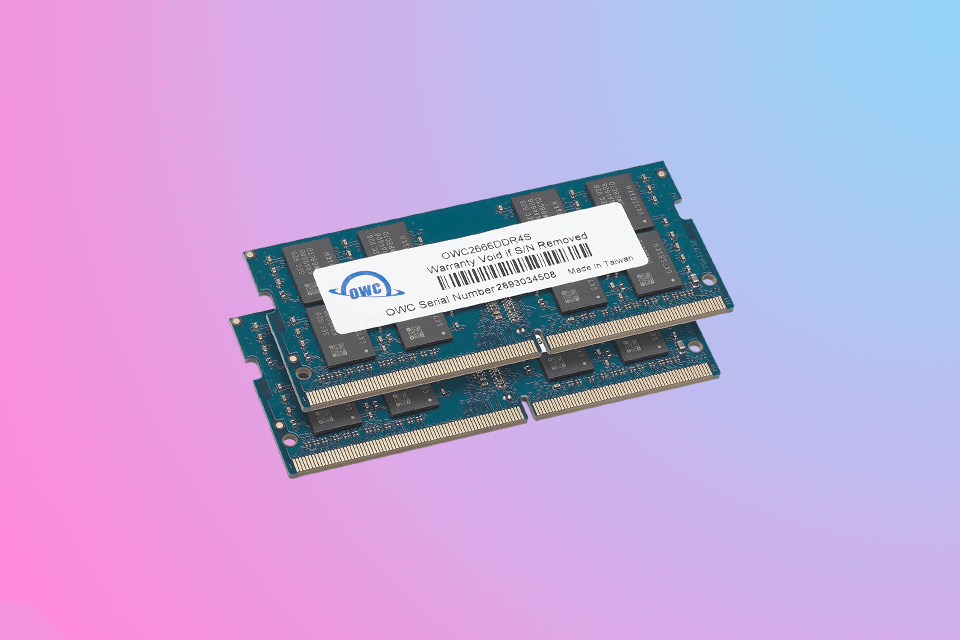

In this case, we installed Ubuntu Desktop (ubuntu-16.04.3-desktop-amd64) running bare metal. The test bed for this application is a variant of the core Dell PowerEdge R740xd server type we use in the lab with dual Intel 6130 CPUs and 64GB DRAM. The Houdini test is specifically designed to evaluate storage performance as it relates to CGI rendering. We do this because many of the common consumer benchmarks don’t adequately capture end-user workload profiles. A large focus is put on drive latency across the entire load range of the drive, not just at the smallest QD1 (Queue-Depth 1) levels. The methodology used better reflects end-user workflow with the consistency, scalability and flexibility testing within virtualized server offers. NVMe is tested natively through an M.2 to PCIe adapter card. We measure SATA performance through a Dell H730P RAID card inside this server, although we set the card in HBA mode only to disable the impact of RAID card cache. The test platform leveraged in these tests is a Dell PowerEdge R740xd server.
ADAMANTA VS OWC MEMORY FREE
It also features built-in SLC caching, which helps to further increase the performance of TLC SSDs and uses 7% over-provisioning (overall capacity as free space) to help promote a more stable and dependable experience for storing data.īacked by a 5-year warranty, the OWC comes in capacities of 240GB, 480GB, 1TB, 2TB, and 4TB. The OWC drive also features the Phison E12, a high-performance, 8-channel NVMe controller that was first announced roughly 2 years ago.Īs such, the OWC Aura P12 is quoted to deliver sequential speeds up to 3,400MB/s in reads and 3,000MB/s in writes, while random performance is expected to hit reads and writes up to 600,000 IOPS. Packed inside the M.2 2280 form factor, the OWC Aura P12 comes in a range of capacities from 240GB to 4TB and uses 3D TLC NAND. OWC indicates that their new drive is ideal for consumers looking to improve their gaming and overall system performance, as well as professionals who want to increase previewing, rendering, and processing in audio and visual effect software. So let’s see if I can puzzle this out… Fastest, vastest, tough, and relatively affordable.The OWC Aura P12 is an NVMe SSD that leverages the PCIe 3.1 x4 interface. It’s not even that expensive as far as these things go.
ADAMANTA VS OWC MEMORY PRO
The Envoy Pro EX USB-C is the fastest external USB SSD we’ve tested to date, it’s IP67 certified, and it offers 4TB of capacity in a form factor no larger than the 2TB competition. Also on board are a Gigabyte GC-Alpine Thunderbolt 3 card and Softperfect’s Ramdisk 3.4.6, which is used for the 48GB read and write tests.
ADAMANTA VS OWC MEMORY WINDOWS 10
Additional tests were run on a Windows 10 64-bit PC using a Core i7-5820K/Asus X99 Deluxe motherboard with four 16GB Kingston 2666MHz DDR4 modules, a Zotac (Nvidia) GT 710 1GB x2 PCIe graphics card, and an Asmedia ASM2142 USB 3.1 Gen 2 (10Gbps) card. How we tested: We used a 15-inch 2018 MacBook Pro with a 2.9GHz Core i9 processor, 32GB of memory, a 2TB SSD, and 4GB Radeon Pro 560X graphics using Blackmagic’s Disk Speed Test. We didn’t have them to test, so that’s not fact, but a caveat based on past experience. Note that the lower capacity variants might not offer the same level of write performance. That said, 1GBps is about all you’ll ever see from any SuperSpeed 10Gbps device in the real world, so just about any NVMe SSD is workable with small data sets. The roll-your-own option might save you a few bucks if you opt for a bargain basement drive, but OWC isn’t charging all the much more per gigabyte, and the Aura P12 seems to be a nice solid performer that, again, is really not that expensive. You can also purchase the enclosure unpopulated (no drive) for $60, if you want to roll your own.


It’s also available from OWC as a bare SSD for internal use.Īt $1100, the 4TB Envoy Pro EX USB-C is hardly cheap, but considering its bleeding edge capacity, and that the bare Aura P12 is over $1000, that’s really not bad. The secret to the Envoy Pro EX USB-C’s large capacity is that it houses one of the first 4TB M.2 NVMe SSDs to hit the market-the Aura P12.


 0 kommentar(er)
0 kommentar(er)
